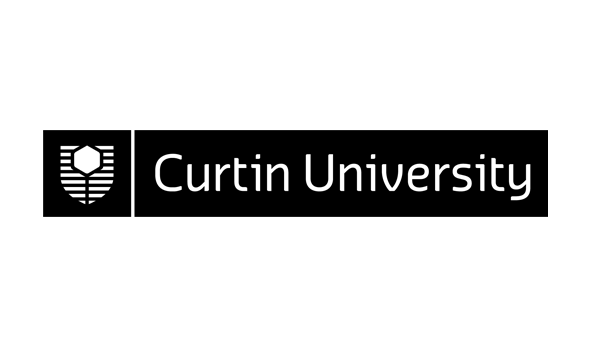312494 (v.1) Environmental Chemistry 352
| Area: | Department of Applied Chemistry |
|---|---|
| Credits: | 25.0 |
| Contact Hours: | 13.0 |
| ** The tuition pattern below provides details of the types of classes and their duration. This is to be used as a guide only. For more precise information please check your unit outline. ** | |
| Lecture: | 2 x 1 Hours Weekly |
| Tutorial: | 1 x 1 Hours Fortnightly |
| Laboratory: | 4 x 4 Hours Quarterly |
| Fieldwork: | 3 x 7 Hours Quarterly |
| Prerequisite(s): |
312485 (v.1)
Chemical Energetics and Kinetics 211
AND 312489 (v.1) Chemical Structure and Spectroscopy 201 AND 312490 (v.1) Analytical Chemistry 202 AND 312492 (v.1) Chemical Reactions and Mechanisms 212 |
| Syllabus: | The unit is an advanced chemistry unit which builds upon and expands the knowledge gained in successful completion of Chemistry 201, Chemistry 211, Chemistry 202 and Chemistry 212. Topics to be addressed in this unit include: Aquatic Chemistry: chemistry of natural water systems, including oceans, lakes, rivers, groundwater; physical, chemical and aesthetic indicators of water quality and their analytical methods; water systems as resources and implications on water quality (8 lectures) Atmospheric Chemistry: stratospheric ozone chemistry and tropospheric chemical phenomena, including photochemical smog and acid rain; the mechanism of the Greenhouse Effect and global warming (8 lectures) Biogeochemistry: chemistry of sediments and soils, including molecular markers of organic matter; acidification of soil systems; acid-mine drainage; formation of petroleum and its molecular composition (8 lectures) |
| ** To ensure that the most up-to-date information about unit references, texts and outcomes appears, they will be provided in your unit outline prior to commencement. ** | |
| Field of Education: | 010500 Chemical Sciences (Narrow Grouping) |
| SOLT (Online) Definitions*: | Not Online *Extent to which this unit or thesis utilises online information |
| Result Type: | Grade/Mark |
Availability
Availability Information has not been provided by the respective School or Area. Prospective students should contact the School or Area listed above for further information.

